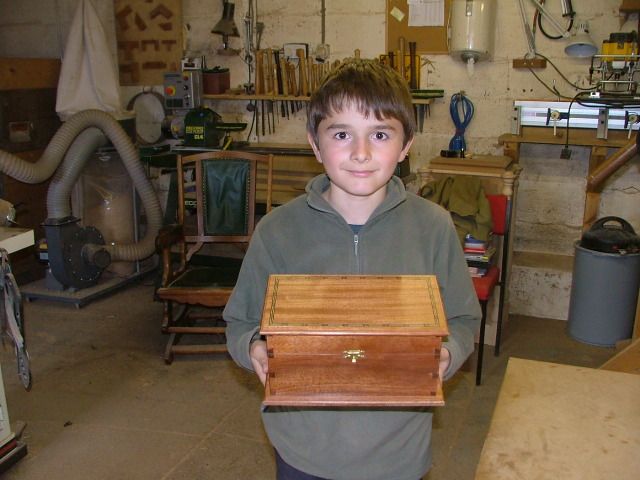Kalimna
Established Member
- Joined
- 18 Nov 2009
- Messages
- 1,275
- Reaction score
- 2
And have you been fortunate enough to start passing on your knowledge/experience to someone younger? My eldest son has just passed 2 1/2 years, and already knows how to hold a square to an edge and look at it critically  Well, he copied me once, not sure he'd do it again! Last night he wanted a piece of wood to cut with his Bosch toy jigsaw, and was a bit disappointed when it didnt work.... A very sweet moment to take to nightshift with me...
Well, he copied me once, not sure he'd do it again! Last night he wanted a piece of wood to cut with his Bosch toy jigsaw, and was a bit disappointed when it didnt work.... A very sweet moment to take to nightshift with me...
The fondness goes both ways indeed, whether you are the small child, or the big child
But your grandfathers' method of assessing sharpness is as good a rule of thumb as any and tells you in an instant what you need to know.
Adam
The fondness goes both ways indeed, whether you are the small child, or the big child
But your grandfathers' method of assessing sharpness is as good a rule of thumb as any and tells you in an instant what you need to know.
Adam


































